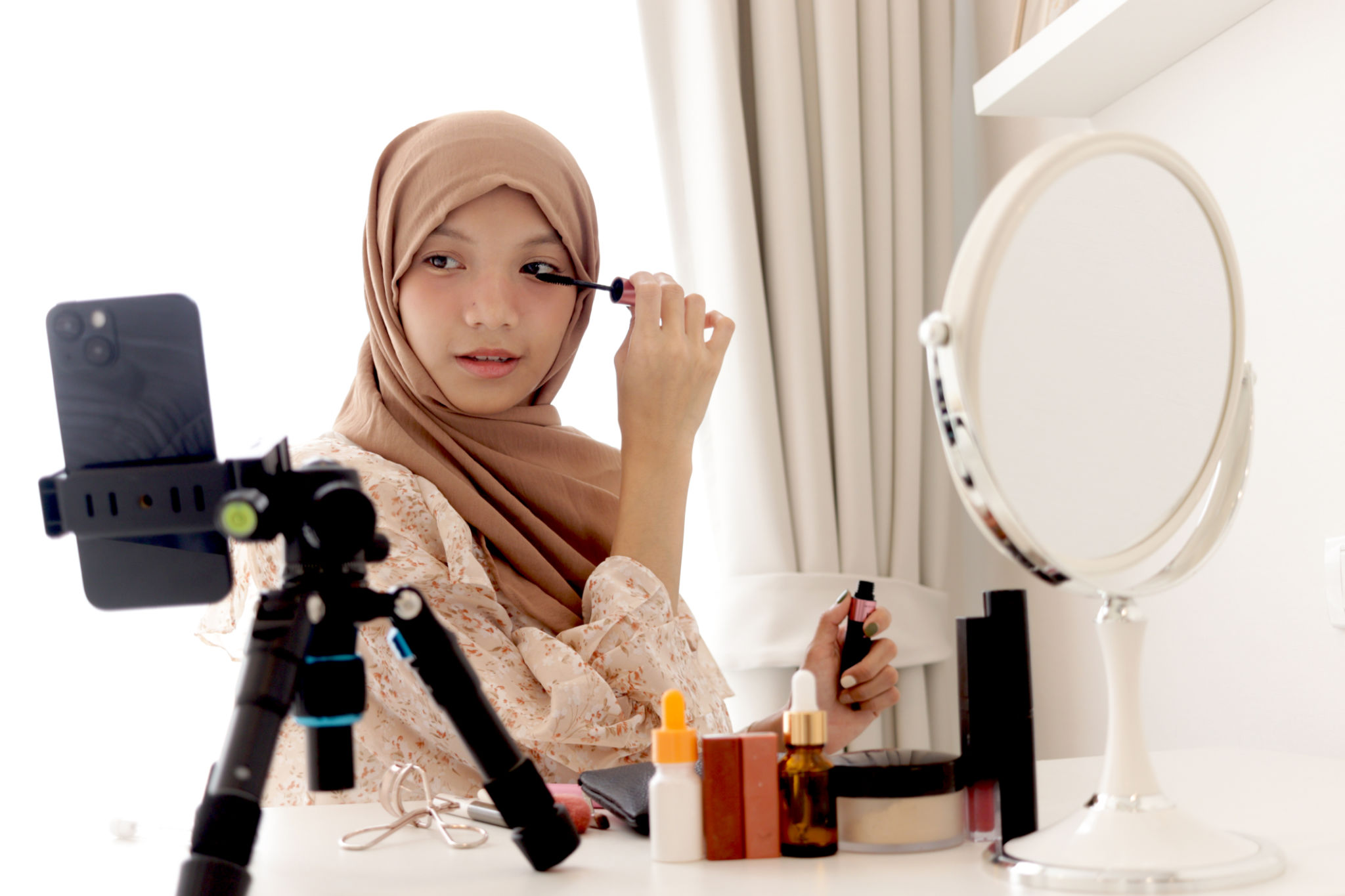Common Misconceptions About Influencer Marketing in Beauty
Understanding Influencer Marketing in the Beauty Industry
Influencer marketing has become a cornerstone of digital strategies, especially within the beauty industry. However, there are several misconceptions that can cloud its potential benefits. It’s crucial to debunk these myths to harness the full power of influencer collaborations.

Misconception 1: Influencer Marketing Is Only for Big Brands
One of the most common misconceptions is that influencer marketing is exclusive to large, established brands. In reality, influencer marketing is accessible to businesses of all sizes. Small and medium enterprises can leverage micro-influencers, who often boast highly engaged audiences, to promote their products effectively.
Micro-influencers typically have a niche audience that values their opinions, making them ideal partners for smaller brands looking to build a loyal customer base. They often charge less than larger influencers, making the strategy cost-effective for businesses with limited budgets.
Misconception 2: More Followers Mean Better Results
Another widespread myth is that influencers with a larger follower count automatically offer better returns on investment. In truth, the success of an influencer campaign relies more on engagement rates and audience alignment than sheer numbers.
An influencer with a smaller, engaged audience can often provide better results than one with a vast but disengaged following. Looking at metrics like comments, likes, and shares can give a clearer picture of an influencer’s effectiveness.

Misconception 3: Influencer Marketing Lacks Authenticity
Some believe that influencer marketing is inherently inauthentic due to its commercial nature. While it's true that influencers are compensated for their work, many prioritize partnerships that align with their personal brand and values, ensuring genuine recommendations.
Authenticity shines through when influencers share personal stories or experiences with a product. This approach not only builds trust with their audience but also enhances the credibility of the brand they’re endorsing.
Misconception 4: Influencer Marketing Is a One-Time Strategy
Many brands mistakenly view influencer marketing as a short-term tactic. However, building long-term relationships with influencers can lead to more consistent and impactful results. Ongoing collaborations foster trust and allow influencers to tell a deeper story about the brand.

By nurturing these relationships, brands can benefit from continued exposure and evolving content that resonates with audiences over time. This strategy also allows for more authentic storytelling as influencers become more familiar with the products and brand ethos.
Maximizing the Impact of Influencer Marketing
To truly benefit from influencer marketing in the beauty industry, brands must approach it with a strategic mindset. This includes selecting the right influencers, focusing on engagement rather than reach, and fostering long-term partnerships.
By understanding and addressing these common misconceptions, businesses can unlock the full potential of influencer marketing. When done correctly, it can be a powerful tool for reaching new audiences and driving brand growth.